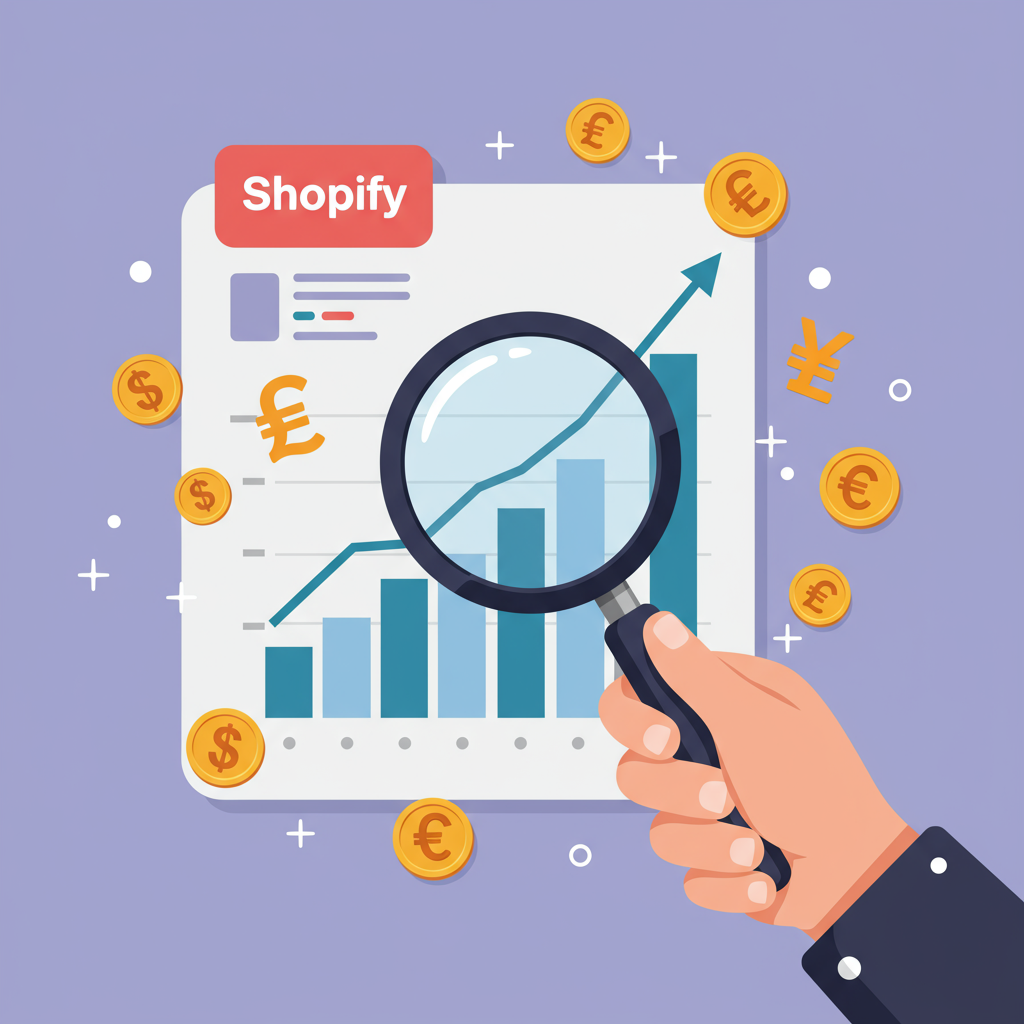Unlock the full revenue potential of your Shopify store with strategic pricing.
Hello fellow Shopify merchants! Today, I want to talk about one of the most critical, yet often overlooked, aspects of running a successful e-commerce business: pricing.
Setting the right price for your products isn’t just about covering your costs; it’s a delicate art and science that directly impacts your profitability, brand perception, and market position.
Many of us start with a simple cost-plus model, adding a fixed margin to our production expenses. While this is a good starting point, it rarely unlocks your full revenue potential.
True pricing optimization involves a deeper understanding of your market, your customers, and the perceived value of what you offer. Let’s dive into some techniques I’ve found incredibly effective.
First, you absolutely must know your numbers inside out. This means a comprehensive understanding of all your costs: raw materials, manufacturing, packaging, shipping, marketing, and even your time.
Don’t forget the hidden costs like payment processing fees, Shopify subscription fees, and app expenses. These all eat into your margin and must be factored into your base price.
Once you have a solid grasp of your costs, you can begin to explore various pricing strategies beyond simple markup. One popular approach is value-based pricing.
Value-based pricing focuses on what your customer believes your product is worth, rather than just what it cost you to make. If your product solves a significant problem or offers unique benefits, you can often command a higher price.
Consider the emotional connection, the time saved, or the improved quality of life your product provides. These intangible benefits contribute significantly to its perceived value.
Another strategy is competitive pricing. This involves researching what your competitors are charging for similar products. While you don’t want to simply undercut everyone, it gives you a benchmark.
If you’re priced significantly higher, you need a clear justification – superior quality, unique features, exceptional customer service, or a stronger brand.
Conversely, if you’re priced too low, you might be leaving money on the table or, worse, signaling that your product is of lower quality. Perception is key.
Psychological pricing techniques are also incredibly powerful. Think about ‘charm pricing,’ where you price items at $9.99 instead of $10.00. It’s a small difference, but it often makes a product feel significantly cheaper.
Prestige pricing, on the other hand, involves setting a high price to signal exclusivity and luxury. This works well for high-end brands where the price itself becomes part of the product’s appeal.
The ‘decoy effect’ is another fascinating tactic. Imagine offering three versions of a product: a small one for $5, a medium one for $10, and a large one for $12. The medium one acts as a decoy, making the large one seem like a much better deal.
Tiered pricing is excellent for products or services with varying features or usage levels. Think of software subscriptions with basic, pro, and enterprise plans. This allows you to cater to different customer segments.
Bundling products together can also increase average order value. Offering a ‘starter kit’ or a ‘complete solution’ at a slightly discounted price than buying items individually can be very appealing.
Dynamic pricing, where prices adjust based on demand, time of day, or inventory levels, is becoming more common. While complex, Shopify apps can help implement this for certain niches.
For recurring revenue, consider subscription models. If your product is consumable or offers ongoing value, a subscription can provide predictable income and foster customer loyalty.
How do you know if your pricing changes are working? A/B testing is your best friend. You can test different price points on different segments of your audience to see which performs better.
Shopify apps like A/B testing tools or even simple manual tracking with analytics can help you gather data on conversion rates, average order value, and profit margins for different price points.
Remember, pricing isn’t a set-it-and-forget-it task. It requires continuous monitoring and adjustment based on market trends, competitor actions, and your own sales data.
Pay attention to customer feedback. Are people complaining about prices? Are they readily buying? Their behavior and comments are invaluable indicators.
Finally, don’t be afraid to experiment. The beauty of e-commerce is the ability to iterate quickly. Small adjustments can lead to significant gains over time.
What do you think about these pricing optimization techniques? Have you tried any of them, or do you have others that have worked well for your Shopify store?
I encourage you to revisit your pricing strategy with fresh eyes. It’s a powerful lever for growth that’s entirely within your control.
By understanding your costs, valuing your product, and strategically applying these techniques, you’ll be well on your way to maximizing your Shopify store’s profitability.






